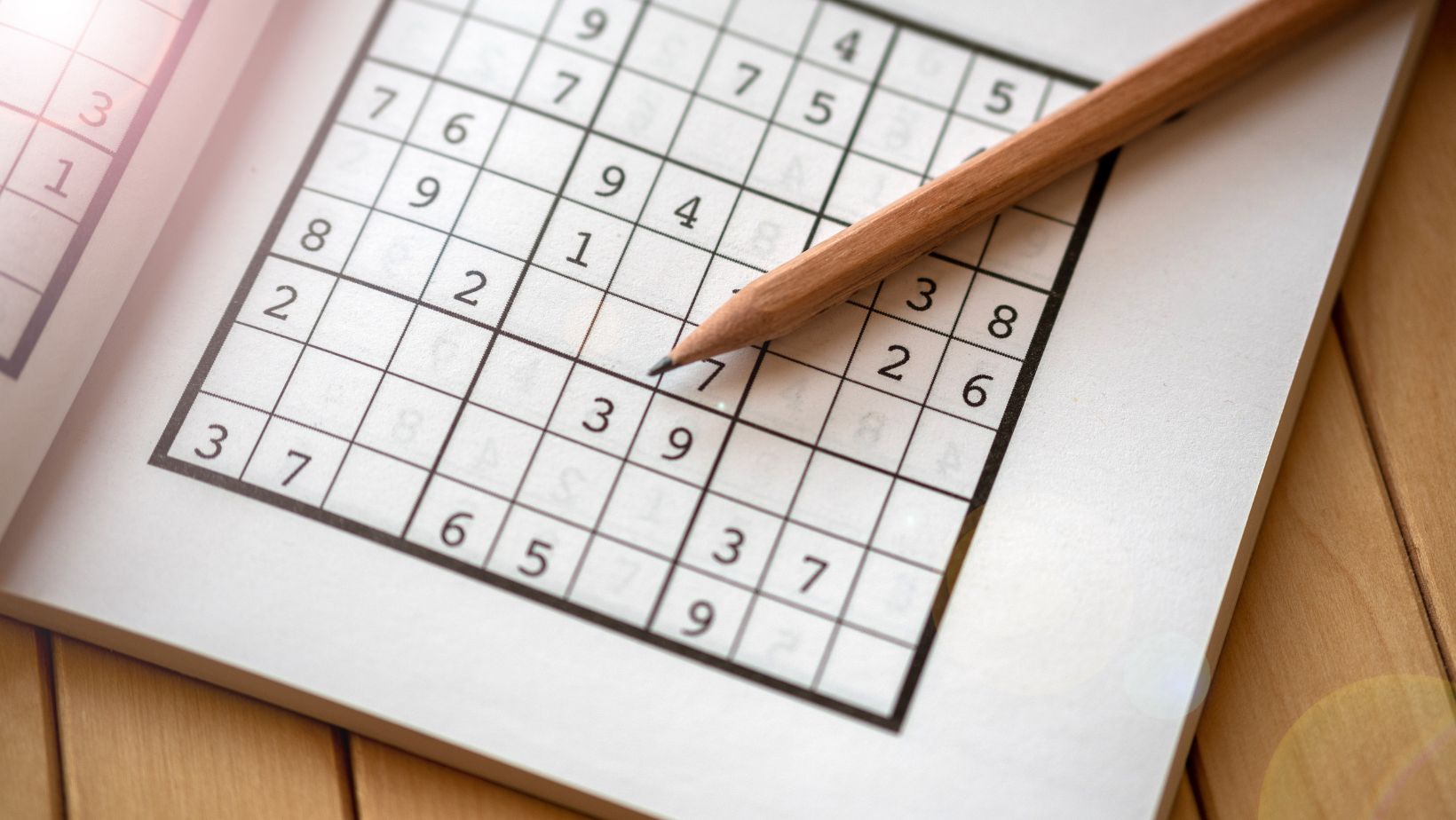It’s day one. You’re staring at a 9×9 grid full of scattered numbers and empty boxes, wondering how anyone solves these things, let alone quickly. Maybe you’ve dabbled before, finishing the occasional “easy” puzzle in a coffee shop app, playing one of the free online games with the same script, or struggling through a newspaper’s weekend special. But something about Sudoku keeps pulling you back. And the best part? You can go from a casual player to a confident, methodical solver in just a week.
No, you won’t be breaking world records like Mark Goodliffe from Cracking the Cryptic. But by Day 7, you’ll be thinking several steps ahead, scanning with precision, and solving puzzles others give up on. All you need is a focused plan, about 20 minutes a day, and the right mindset. Let’s begin.
Day 1: Learn the Grid, Master the Rules
First things first: Sudoku isn’t about math. It’s about logic. The classic version uses numbers 1 through 9, but you’re not adding or multiplying them — you’re placing each digit exactly once in every row, column, and 3×3 box.
Start small. Choose an easy puzzle — ideally one with plenty of pre-filled numbers. Your job today is to get familiar with how the puzzle is structured. Begin with basic scanning:
- Are there any rows with only one number missing?
- Are any numbers already completed across a row or box?
Today is about getting comfortable. No pressure to finish. Just start seeing patterns.
Day 2: Go Deep with Singles — the Backbone of Every Solve
Every expert started by mastering one technique: singles.
- Naked Singles: A cell where only one number logically fits based on its row, column, and box.
- Hidden Singles: A number that only fits in one cell within a row, column, or box — even if other candidates exist in that cell.
Using these two tools alone, you can solve most easy-level puzzles. SudokuGuy on YouTube has a great 5-minute walkthrough for this — and it’s worth your time.
Today’s challenge: Complete a puzzle using only singles. Don’t guess. Just reason it out.
Day 3: Pencil Marks — Your Secret Weapon
It’s time to start thinking ahead. Welcome to candidate notation — the art of tracking possible numbers in each empty cell.

Use small numbers in corners (if solving on paper) or enable “notes mode” in your app. This is your way of eliminating options as new numbers are placed.
Here’s what you’re looking for:
- If a cell shows just two candidates, pay attention — it could become a naked pair (more on that soon).
- Update your notes frequently. Old information will trap you.
The act of tracking candidates shifts your brain into optimization mode. You’re no longer guessing — you’re mapping the puzzle.
Day 4: Box-Line Reduction and Pointing Pairs
Now you’re ready for intermediate logic.
Box-Line Reduction: If a candidate number appears in just one row or column of a 3×3 box, that number can’t appear in that same line outside the box.
Pointing Pairs: If a number is confined to two cells in a row or column inside a box, those cells point to possible eliminations elsewhere in that row/column.
It sounds complex, but when you see it, it clicks. Try solving a medium puzzle today. If you get stuck, revisit your pencil marks — they’ll usually point the way.
Day 5: Naked Pairs, X-Wings, and the Cool Stuff
Okay, now we’re cooking.
- Naked Pairs: Two cells in the same row/column/box that share the same two candidates. Those digits must go there — so eliminate them from the rest of that unit.
- X-Wing: An advanced technique where a number appears in the same two columns in two rows — forming a rectangle. This allows you to eliminate that number from other cells in those columns.
Yes, it’s nerdy. But the moment you spot your first X-Wing and use it to clear four candidates from the board? You’ll feel like a Sudoku god.
This is the point where solving becomes fun — not just doable.
Day 6: Speed, Rhythm, and Flow
By now, you’ve seen most of what Sudoku has to offer at a tactical level. Today’s about rhythm.
- Set a timer and solve an easy or medium puzzle.
- Don’t rush — focus on flow. Move from house to house (row, column, box) and see what stands out.
- Use pencil marks to your advantage — but don’t over-rely on them. Pros often visualize possibilities mentally.
You’ll start noticing patterns faster. Where you once saw numbers, now you’ll see constraints — limits — and openings.

Pro tip from Cracking the Cryptic: solve slowly to learn fast. Accuracy first, speed later.
Day 7: Your Final Exam — Solving an Expert Puzzle
It’s time to test everything you’ve learned.
Choose a hard or expert-level puzzle. You’ll likely hit a wall — that’s okay. That wall is where most people stop. But not you.
Use your toolkit:
- Pencil marks to eliminate clutter.
- Box-line reductions to narrow options.
- Advanced patterns like naked pairs or X-wings when stuck.
This might take 30–40 minutes. That’s fine. The goal isn’t speed — it’s proof of mastery. As you work through, you’ll surprise yourself with how far you’ve come in just a week.
And when that final box clicks into place? That’s mastery earned.
Bonus Round: Keep the Habit Going
Becoming good in 7 days is possible. Staying sharp takes practice. Here’s how to keep leveling up:
- Use daily apps like Sudoku.com, Microsoft Sudoku, or Cracking the Cryptic’s puzzle packs.
- Join online communities like r/sudoku to share strategies or ask for help.
- Print puzzles from sites like PrintMySudoku.com and solve them without digital aids.
- Time yourself once a week to benchmark progress.
If you want to go even deeper, consider the Sudoku Grand Prix — an online competition series that welcomes all skill levels.

